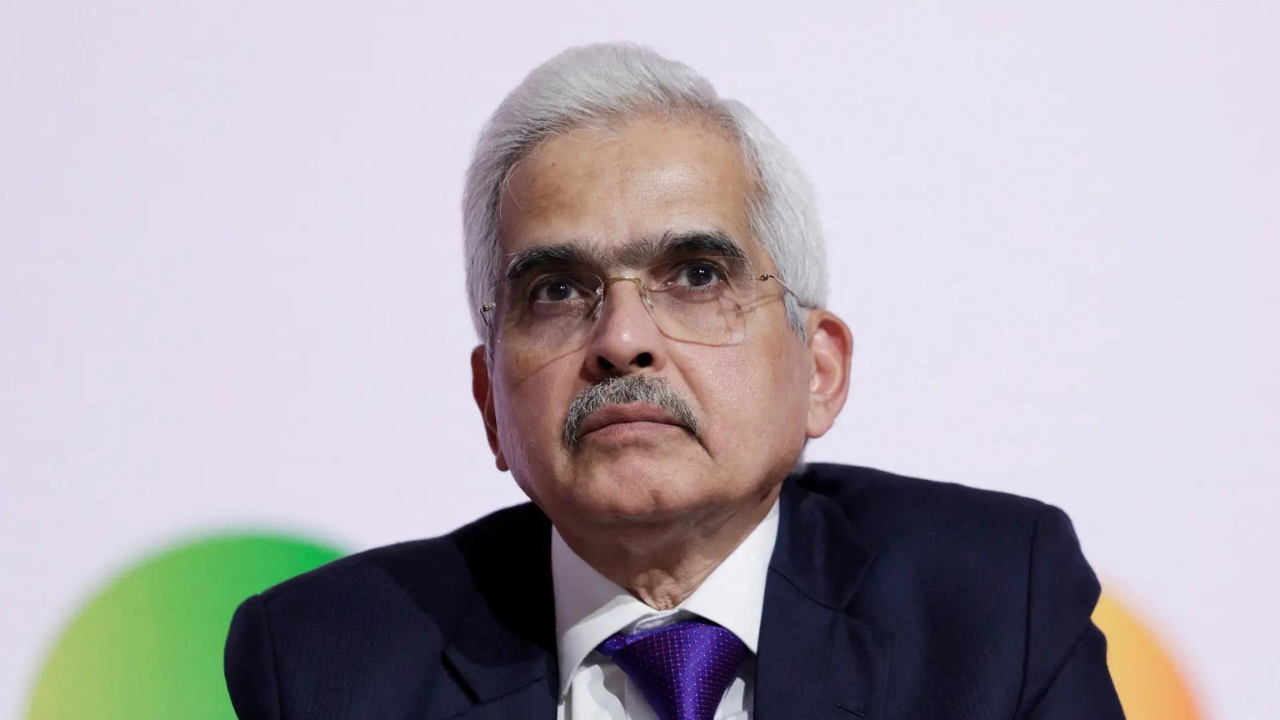
THE peso's current weakness is expected to be temporary, a Bangko Sentral ng Pilipinas (BSP) official said, and a higher balance of payments (BoP) surplus this year is expected to be a stabilizing factor.
"We believe that this is only temporary... the peso will be largely influenced by the foreign exchange supply and demand," central bank Senior Assistant Governor Iluminada Sicat said in a briefing on Friday.
"We are anticipating our balance of payment position for 2024 to be at a surplus ... so, meaning to say there will be more supply of FX (foreign exchange)," she added.
The peso touched an over 19-month low as a strong US economic data report drove the dollar higher. It hit P58.80:$1 on Monday — a close last seen on Nov. 3, 2022 — and clawed back a centavo to end the day 27 centavos weaker at P58.79 against the greenback.
It regained some ground for the next two trading days but then fell by 7 centavos to end last week at P58.65:$1.
The currency has now been trading in the $58 per dollar level for nearly a month after coming under pressure following the BSP's having indicated that it could start cutting key interest rates ahead of the US Federal Reserve.
It hit a record low of P59:$1 in October 2022 after Philippine monetary authorities failed to match aggressive rate hikes by the US central bank. An early easing by the BSP will again lead to a wider interest rate differential and make Philippine assets less attractive.
The Fed last week again kept interest rates steady with US inflation still above target and signaled that it could cut just once this year instead of twice, probably in September but also possibly as late as December.
Ahead of the Fed policy decision, BSP Governor Eli Remolona Jr. on Tuesday said a third quarter easing was still possible. He said the peso would only become a concern "if it moves in a very sharp way so that it begins to cause a pass-through effect on inflation."
The BSP's policymaking Monetary Board on Thursday raised the expected BoP surplus for this year to $1.6 billion from $700 million. The forecast for 2025 was also revised to a $1.5-billion surplus from a $500-million deficit.
Among others, the forecast for merchandise exports was raised to $58.1 billion from $57.0 billion previously, while that for goods imports was trimmed to $123.5 billion from $126 billion.
Gross international reserves are also expected to end the year higher at $104 billion instead of $103 billion, which will give the BSP more firepower to defend the peso.
Also on Friday, BSP Department of Economic Statistics senior director Redentor Paolo Alegre said the peso had fallen by 2.0 percent in the first quarter to P55.96:$1 from P54.86 a year earlier.
Quarter-on-quarter, however, the average exchange rate was slightly higher at P55.96 to the dollar from P56.06 in the last three months of 2023..
"[F]or the first quarter of 2024, the peso appreciated against a basket of currencies of major trading partners and trading partners in advanced and developing economies in both nominal and real terms," Alegre said.
"The peso appreciation was supported by improving domestic inflation environment, sustained forex inflows from OFW (overseas Filipino worker) remittances, BPO (business process outsourcing) and tourist receipts and adequate level of international reserves and lastly a robust economic growth prospect for 2024," he added.
Earlier this year, the interagency Development Budget Coordination Council raised its peso-dollar forecast for the year to P55-57 from P55-58 in December.
Read The Rest at :



